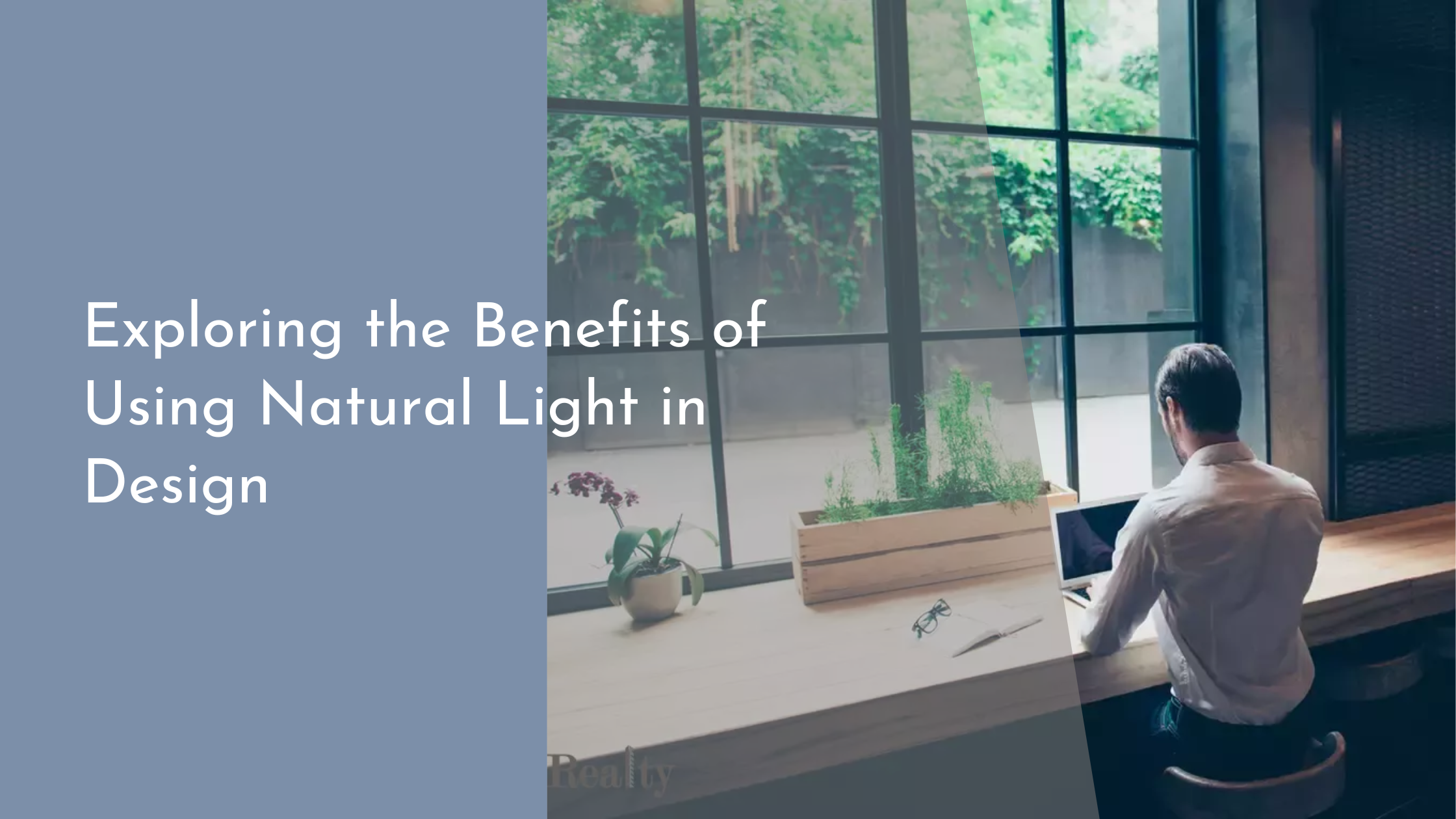Exploring the Benefits of Using Natural Light in Design
As architects and interior designers continue to pursue innovative ways to enhance the functionality and aesthetics of spaces, one element remains a timeless cornerstone of effective design: natural light. Beyond its obvious role in brightening rooms, natural light has a profound impact on the well-being of inhabitants, the visual appeal of interiors, and even energy efficiency. This article delves into the manifold benefits of incorporating natural light into design, exploring how sunlight can transform spaces in both subtle and dramatic ways.
Harnessing the Power of Natural Illumination
Natural illumination is not just a design trend; it is a fundamental aspect of creating inviting and sustainable spaces. By utilizing natural light, designers can significantly reduce reliance on artificial lighting, leading to substantial energy savings. This is particularly beneficial in commercial buildings, where lighting accounts for a significant portion of energy consumption. Well-placed windows, skylights, and reflective surfaces can optimize the use of daylight, reducing the need for electric lighting during the day and cutting down on energy costs.
Moreover, natural lighting has been shown to improve productivity and concentration, making it a crucial consideration for workspaces. Employees in naturally-lit offices often experience better mood and alertness, leading to enhanced performance. For residential spaces, natural light creates a warm and welcoming atmosphere that artificial lighting struggles to replicate. By harnessing the power of natural illumination, designers can create environments that are both energy-efficient and conducive to well-being.
Enhancing Aesthetic Appeal with Sunlight
Sunlight has the unique ability to elevate the aesthetic appeal of any space, imbuing it with a sense of dynamism and vibrancy that changes throughout the day. The interplay of light and shadow can add depth and interest to interiors, highlighting architectural features and textures. Natural light can also enhance the color fidelity of design elements, allowing colors to appear more vivid and true to their intended hues, which is especially important in spaces that are meant to inspire creativity or relaxation.
In residential settings, the use of natural light can transform the ambiance of a home, creating a seamless connection between the indoors and outdoors. Large windows that frame picturesque views or strategically placed skylights that invite beams of sunlight can make spaces feel larger and more open. By integrating sunlight into the aesthetic design, spaces become more vibrant and uplifting, encouraging a deeper appreciation for both the architecture and the surrounding environment.
Boosting Well-being Through Natural Light
The impact of natural light on well-being is profound and multifaceted. Exposure to natural light is known to regulate the body’s circadian rhythm, improving sleep quality and overall health. In homes and offices, access to natural light can reduce stress levels, alleviate symptoms of depression, and even contribute to faster recovery times for those who are ill. This makes natural light an essential consideration in healthcare facilities and residential spaces where well-being is a priority.
Additionally, natural light promotes a sense of connection to the outside world, which can be particularly beneficial in urban environments where nature might feel distant. This connection helps to foster a sense of calm and relaxation, making spaces feel more inviting and comfortable. By prioritizing natural light in design, we can create environments that support mental and physical health, enhancing the quality of life for their inhabitants.
Designing Spaces for Optimal Sunlight Exposure
Designing for optimal sunlight exposure requires a thoughtful approach that considers the orientation of a building, the local climate, and the specific needs of the occupants. Architects and designers can employ various strategies, such as using light shelves, clerestory windows, and open floor plans, to maximize the penetration of natural light into a space. These techniques not only improve the distribution of light but also help in minimizing glare and overheating, ensuring comfort and usability throughout the day.
The thoughtful integration of natural light also calls for the use of materials and colors that complement and enhance the quality of light. Reflective surfaces, light-colored walls, and strategically placed mirrors can amplify sunlight, increasing its reach within a space. By carefully considering the nuances of sunlight exposure, designers can craft spaces that maximize the benefits of natural light, creating environments that are both beautiful and functional.
The thoughtful incorporation of natural light into design holds the power to transform spaces in ways that artificial lighting simply cannot match. From enhancing aesthetic appeal and boosting well-being to improving energy efficiency and creating dynamic environments, the benefits of natural light are both tangible and profound. As we continue to design spaces that meet the evolving needs of modern life, the enduring value of natural illumination serves as a reminder of nature’s profound influence on our well-being and the built environment. Let us embrace natural light as a pivotal element in design, creating spaces that are as vibrant and life-affirming as the sunlight itself.


